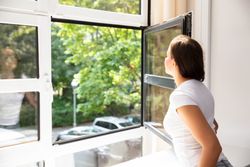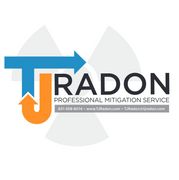
Maintaining a safe property is an essential aspect of being a homeowner. While some risks are easy to detect, others require professional tests and equipment. For example, radon, an odorless, naturally occurring gas, can get trapped in poorly ventilated homes and is associated with an increased risk of lung cancer. Use this guide to determine how much of this substance is in your home.
How Testing Works
There are two methods of testing a property’s radon levels. Passive devices only require air exposure for a certain period to determine levels in your home. Short-term devices usually need between two and four days of air exposure, while long-term options may need anywhere from three months to a full year. After the testing period is complete, the device is sent to a lab for analysis.
Active devices require power to operate, allowing them to monitor levels continuously. They’re generally considered more reliable since they often have features that detect test interference. Factors like inclement weather, seasonal changes, and indoor drafts can prevent accurate results. Using an active device will diminish the effects of these conditions, but passive options can still be efficient when used by professional radon testers.
How to Interpret Results
Regardless of the device used, being able to interpret the results is crucial. The average level in most homes is 1.3 pCi/L, while the average outdoor level is 0.4 pCi/L. The overall goal is to keep home amounts lower than outdoor levels whenever possible.
 Mitigation techniques should be adopted if your home’s levels fall between 2 pCi/L and 4 pCi/L. Amounts higher than 4 pCi/L are especially problematic and should be addressed promptly.
Mitigation techniques should be adopted if your home’s levels fall between 2 pCi/L and 4 pCi/L. Amounts higher than 4 pCi/L are especially problematic and should be addressed promptly.
As you wait for a professional mitigation system to be installed, you can make a few changes to reduce levels naturally. Ventilation is the most essential aspect to consider. Opening windows and doors can prevent the gas from getting trapped inside.
Also, sealing cracks in the basement and foundation will stop the substance from seeping in. Once a professional radon tester installs a comprehensive reduction system, you’ll be safe from the gas and enjoy a comfortable home without worry.
Professional radon testing is recommended for the most reliable results. Many homeowners in South St. Paul, MN, turn to TJ Radon to keep their families safe from exposure. The team will install a comprehensive mitigation system to prevent the gas from building up and putting you at risk. Learn more about their various solutions online, or call (651) 358-8014 to schedule an inspection.
About the Business
Have a question? Ask the experts!
Send your question

